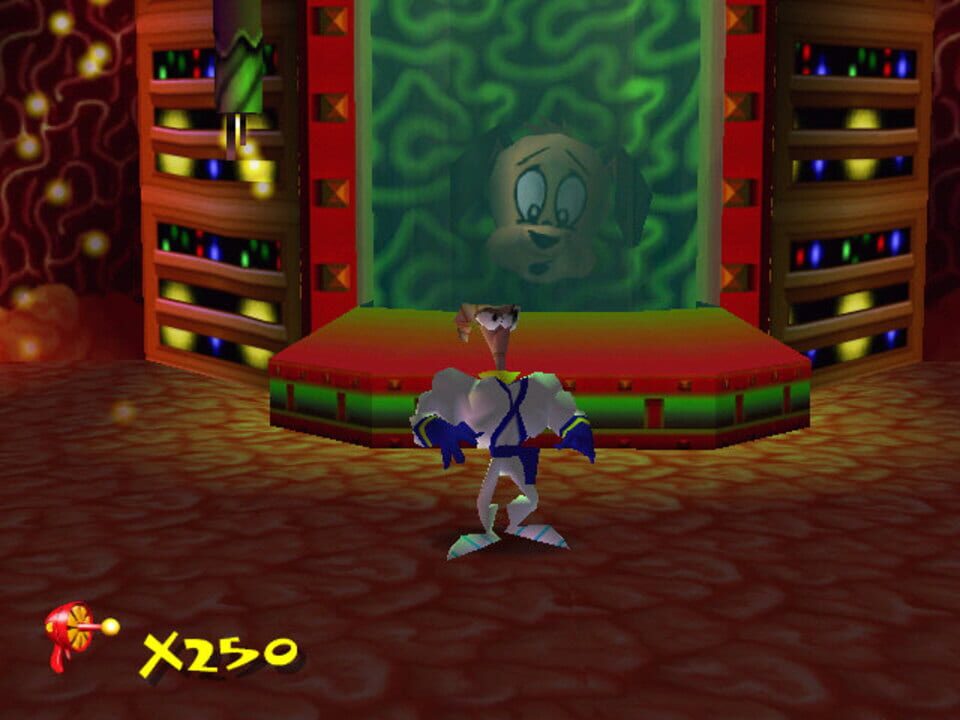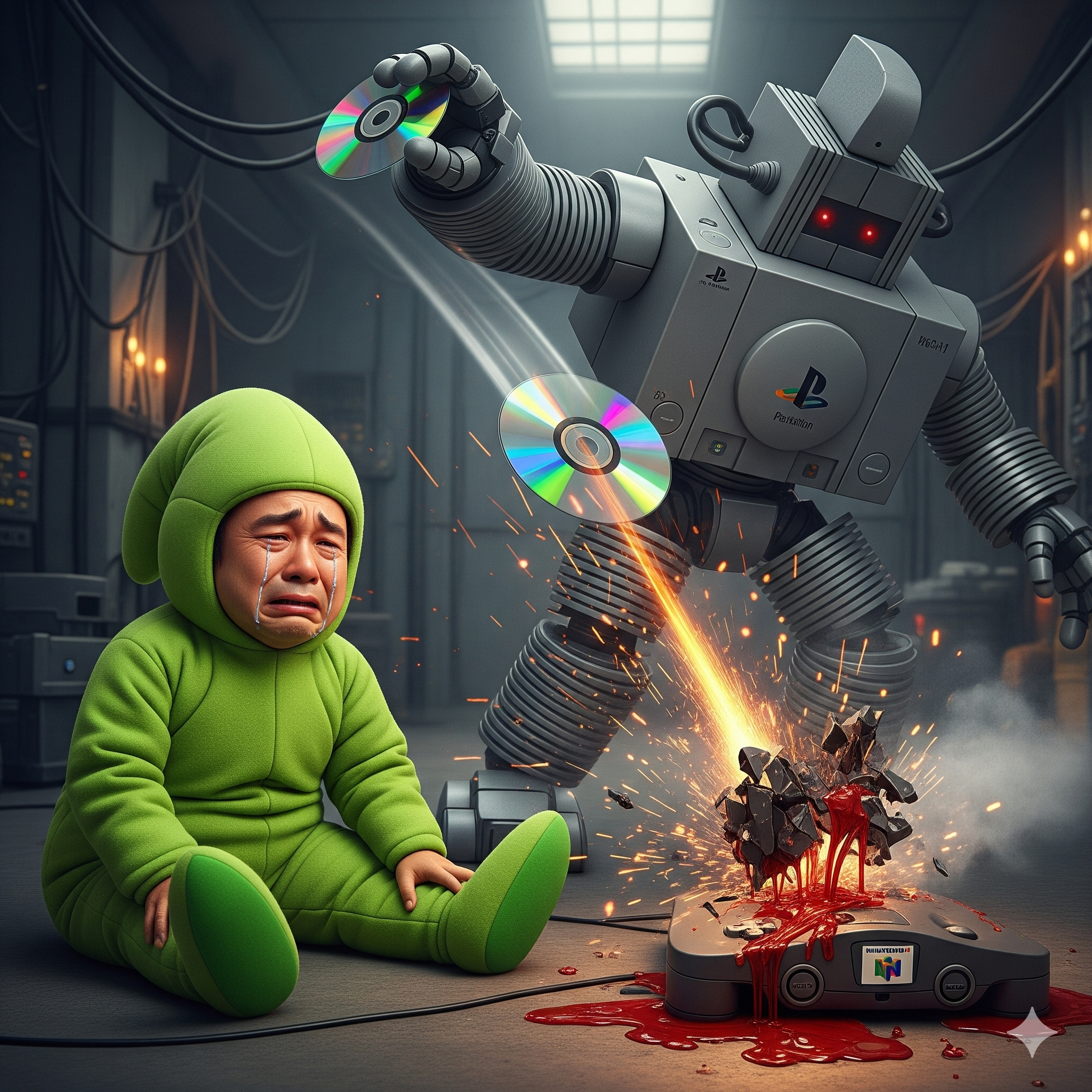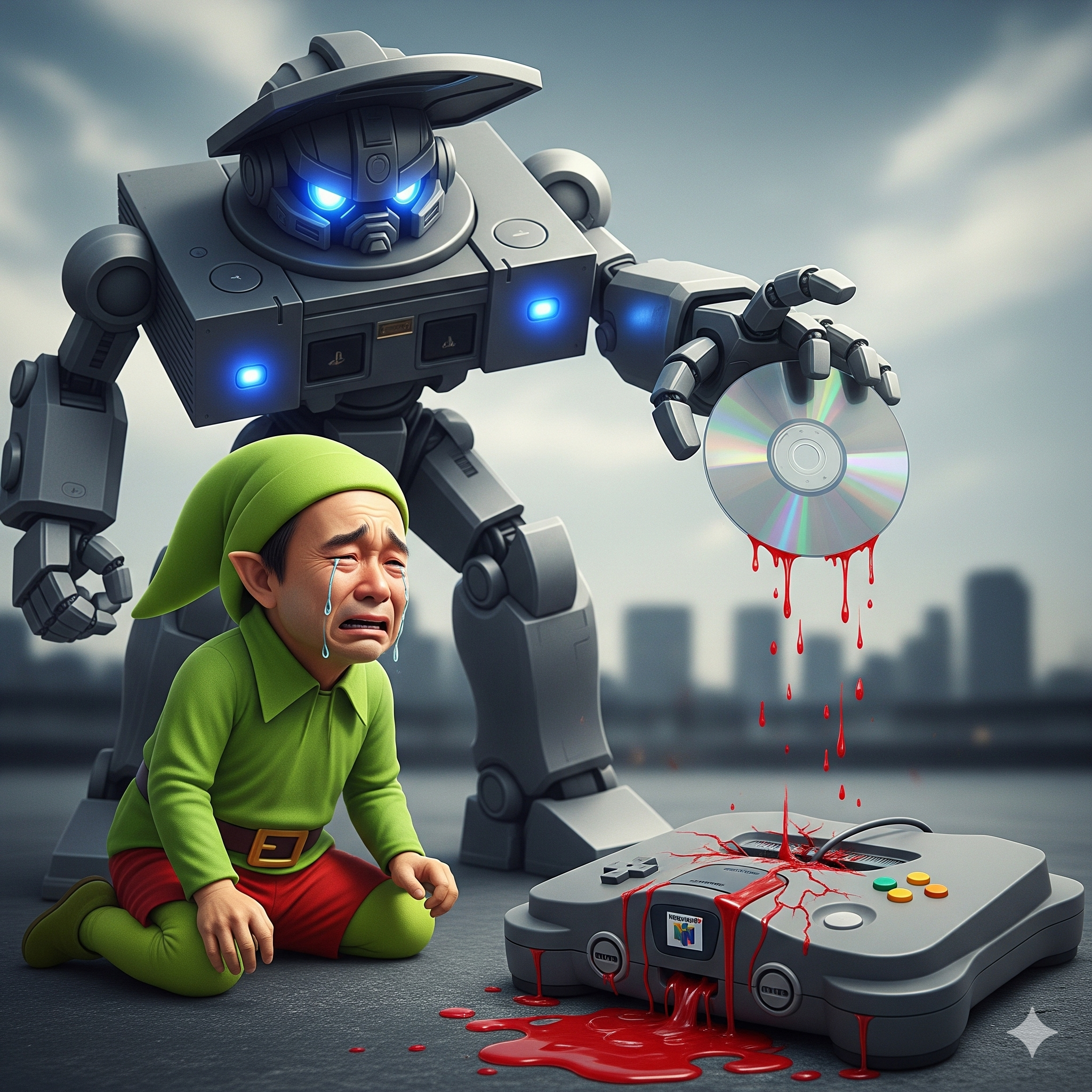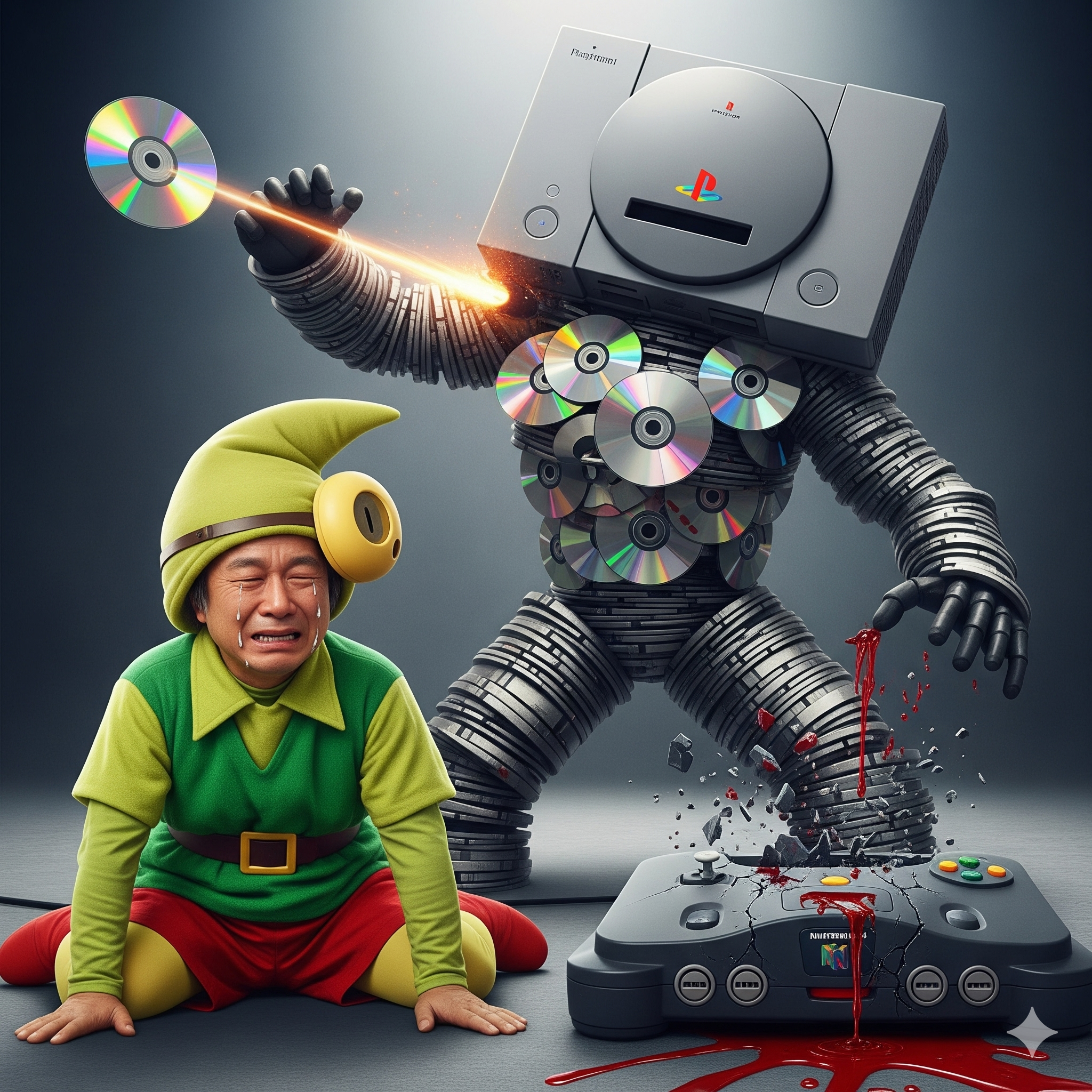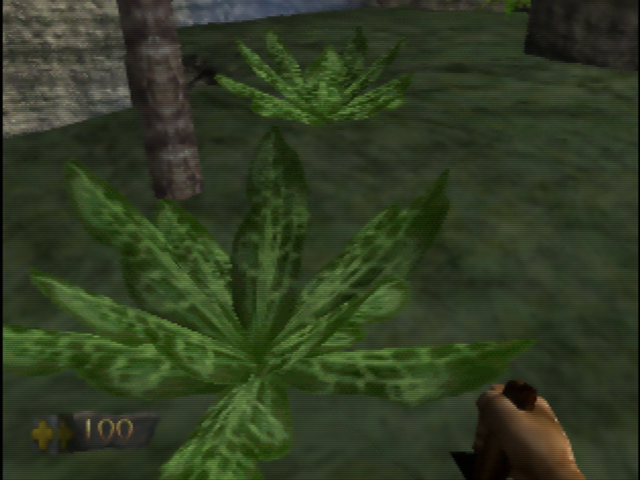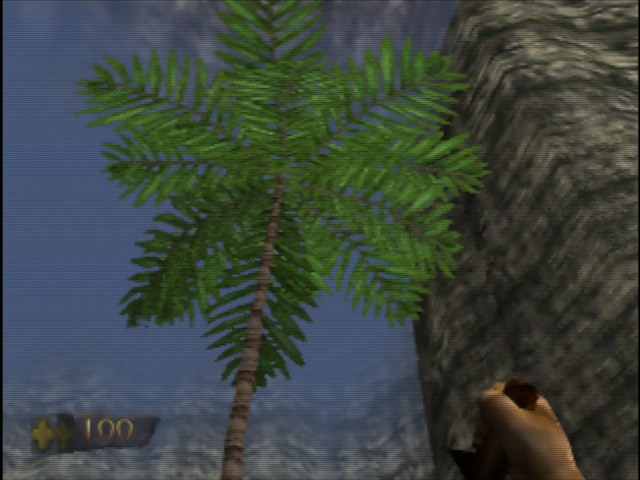Turok doesn't get the credits it deserves.
When it was released, it's most advanced competitor was Quake 1. And while that game had amazingly complex indoor maps, Turok beat it in many areas.
- It was the first fully 3D FPS game that was based on large, non-linear outdoor maps. Back then every FPS game was mostly indoor with some exteriors. But Turok focused on outdoors, which was far more difficult to render, hence the fog.
- It had the best looking and best animated 3D models for both weapons and enemies in any FPS. Just compare Quake's jerky, low poly enemies with Turok's smoothy animated dinos and motion captured human enemies.
- Speaking of motion capture, pretty sure it was the first 3D FPS game with motion capture. But someone could correct me on that. It was certainly among the first.
- The most impressive looking bitmap explosions and weapon effects at the time.
- The first fully 3D FPS game with proper 3D foliage. There was no other game anywhere that had better looking 3D trees and plants at the time, except maybe the palm trees in Virtua Fighter 3 Model 3 arcade? Some are even destructible, which was a very Crysis-like moment, though the animation is scripted and there are no real time physics involved.
There wasn't really anything close to that game in 1997. IMO, the first Turok on the N64 gets the most unfair treatment by modern gamers, almost nobody is aware of it's numerous achievements and the only thing they rememeb is the fog, as if no other fully 3D game had pop-up, especially featuring games with outdoor areas.

